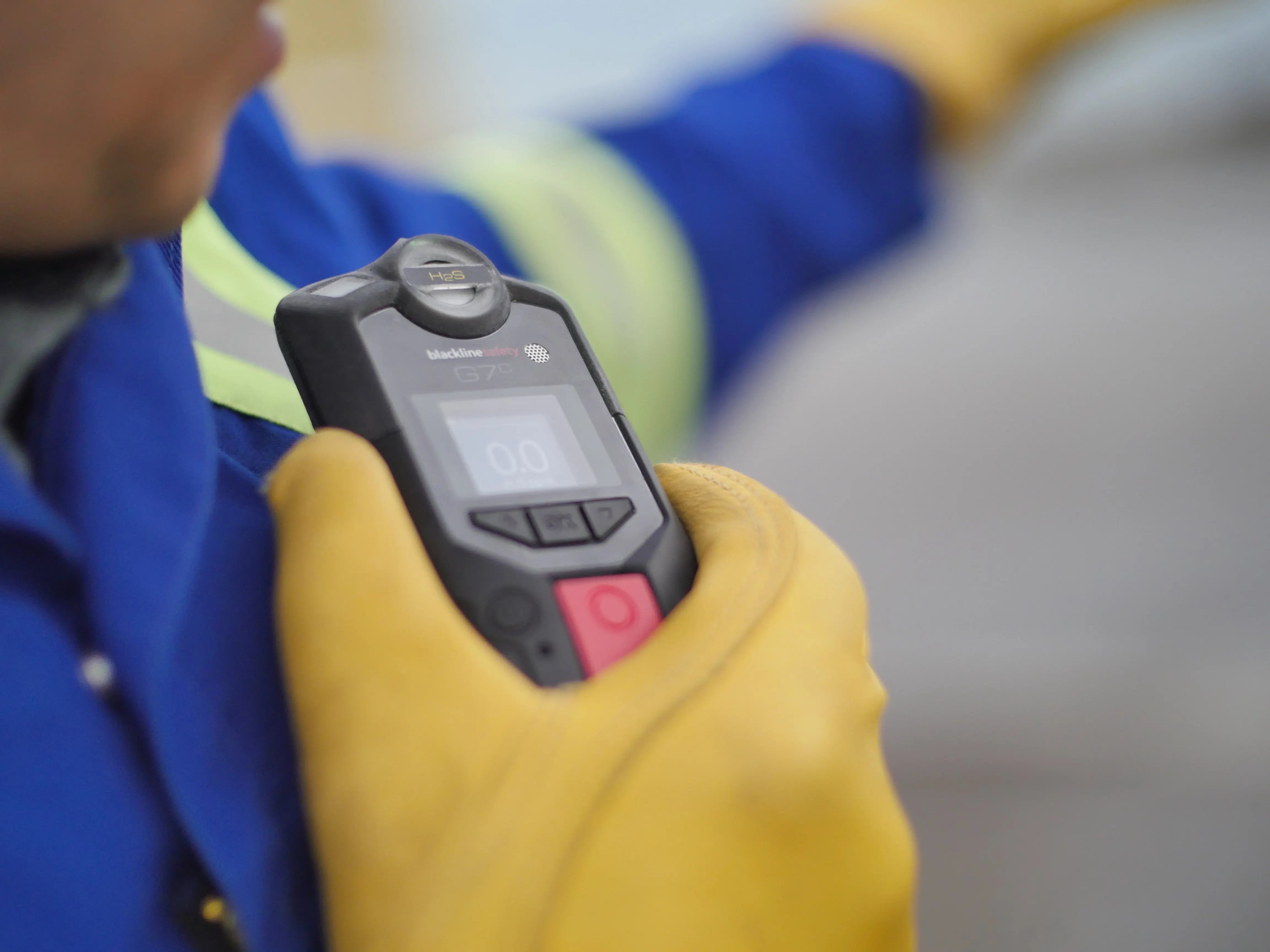Gas Detection and Monitoring
In various industries and work environments, the presence of hazardous gases poses a significant risk to workers' health and safety. Gas detection and monitoring systems play a crucial role in identifying and alerting individuals to the presence of harmful gases, enabling timely actions to mitigate risks and prevent accidents. In this blog post, we will explore the importance of gas detection and monitoring, the types of gas detection systems available, and the benefits they offer in maintaining a safe work environment.
- Understanding Gas Hazards
Before delving into gas detection systems, it's essential to comprehend the potential hazards associated with different gases. Industries such as oil and gas, chemical manufacturing, mining, and confined space operations often encounter gases such as carbon monoxide (CO), hydrogen sulfide (H2S), methane (CH4), ammonia (NH3), and many others. These gases can be flammable, toxic, or oxygen-deficient, posing immediate dangers to workers if not detected and addressed promptly.
- The Role of Gas Detection Systems
Gas detection systems are designed to continuously monitor the air quality and promptly detect the presence of hazardous gases. They consist of sensors, alarms, and software platforms that work together to ensure the safety of personnel and the surrounding environment. Key functions of gas detection systems include:
a. Early Warning: Gas detectors provide an early warning by sensing and measuring gas levels in real-time. When gas concentrations exceed predefined thresholds, audible and visual alarms are triggered, alerting individuals to potential dangers.
b. Identifying Gas Types: Gas detectors are capable of detecting specific gases or a range of gases, depending on their design and configuration. This enables the identification of the gas type present, aiding in implementing appropriate response measures.
c. Area Monitoring: Gas detection systems can cover a wide area, ensuring comprehensive monitoring in locations where gases may accumulate, such as confined spaces, storage areas, or production facilities.
d. Data Logging and Analysis: Advanced gas detection systems includes data logging capabilities, allowing for the collection and analysis of gas concentration data over time. This information can be valuable for identifying patterns, assessing risks, and optimizing safety protocols.
- Types of Gas Detection Systems
Gas detection systems are available in various forms, tailored to specific applications and industry requirements. Common types of gas detection systems include:
a. Fixed Gas Detectors: Installed in stationary positions, fixed gas detectors continuously monitor specific areas for the presence of gases. They are often used in confined spaces, production facilities, or areas with potential leaks or emission sources.
b. Portable Gas Detectors: These handheld devices provide flexibility and mobility for on-the-go gas detection. Portable gas detectors are commonly used during maintenance tasks, inspections, or for personal protection in hazardous environments. Some of these gas detectors utilize communication technology; these detectors offer remote monitoring capabilities from a central station.
d. Area Gas Monitors: These systems provide wide-area coverage, combining multiple gas detectors into a centralized monitoring system. They are ideal for large industrial sites or facilities with extensive gas monitoring requirements.
- Benefits of Gas Detection and Monitoring
Implementing robust gas detection and monitoring systems in workplaces offers several benefits, including:
a. Enhanced Safety: Gas detectors provide early warnings, allowing workers to evacuate or take appropriate actions to mitigate risks before gas concentrations reach dangerous levels.
b. Prevention of Accidents and Fires: By promptly detecting flammable gases, gas detection systems help prevents explosions or fires by triggering alarms and enabling rapid response measures.
c. Compliance with Regulations: Many industries have specific regulations and standards regarding gas monitoring and worker safety. Implementing gas detection systems ensures compliance with these requirements, avoiding potential penalties and liabilities.

